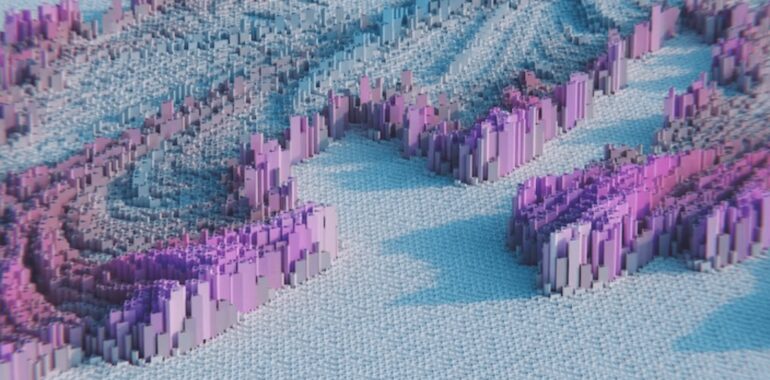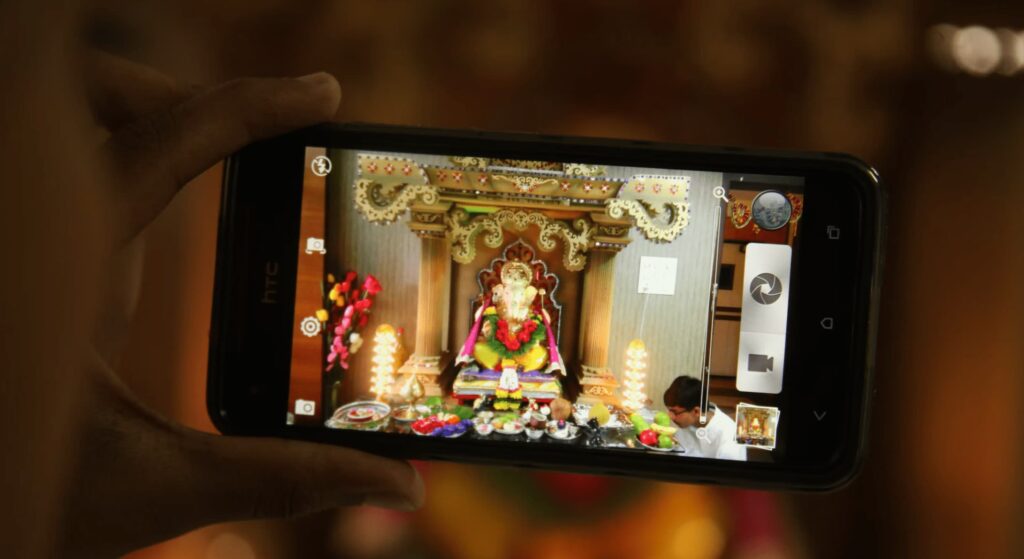How Does AI-based Photo Processing Work?

How Does AI-based Photo Processing Work?
AI-based photo processing denotes the implementation of artificial intelligence technology for the purpose of visual image enhancing. When deep learning technologies emerged, such innovative type of visual image processing became increasingly popular among amateur photo editors, freelance and professional photographers. Have you ever wondered, how does AI-based photo processing function? If yes, then this article will provide insight into this topic. Continue reading to learn more about the principles of AI-based photo processing functioning.
Overview
AI-based photo processing is gaining momentum. It assists the specialists with the process of photo editing and helps improve quality, reduce noise, adjust color palette and lighting, and enhance the photos with advanced sophisticated effects to add more artistry to the final product. With the help of a well-established software development company in US, you can develop high-quality AI-based software.
The AI-based technology proved to be a powerful instrument that can boost the photographers’ efficiency and make their work more productive, saving both time and monetary resources of the companies. In this article, we will study the most important principles of AI-based photo processing performance, which make this tool prevail over the traditional ways of photo editing.
Principles of Work Performance
Let’s find out how the AI-based photo processing works. First of all, the system recognizes the output image. Then it feeds the image into a deep learning network, which has been previously trained with the help of a huge amount of data. The network is so intelligent that it can make its own decisions on how to improve the process on the basis of previous learning techniques.
For example, one of the most widespread method in the AI-oriented photo processing is so-called image visual enhancement. According to this method, the neural network can identify and remove noise, adjust the color balance, and sharpen edges in order to enrich the vibrancy of the visuals. Surprisingly, this can be done with little or no human assistance. AI-based neural networks are capable of amazing creativity and have great potential to incorporate the styles of great artists of the past into their work. They create masterpieces based on the huge amount of data previously downloaded into their system. As a result, images look more appealing and natural to the viewers.
One more interesting method is style transfer, which denotes transferring of the style of one image onto the others. This method is widely implemented in order to create artistry and rich visual effects to adjust visuals to various innovative styles. In fact, AI-based photo processing can transform the image into the oil painting, black and white or sepia image or style it according to the definite time period peculiarities or a school of art.
What is interesting, AI-based photo processing can effectively enhance photos of inferior quality. For example, if there are harsh weather conditions or dim lighting, the photos may be not perfect. With the help of AI-based photo editing, photo professionals can improve the quality of the image with the help of improving how bright and color-balanced the images are, remove the noise and unnecessary details.
Additionally, artificial intelligence could work with visuals in a far more advanced way. For instance, a smart network can eliminate or add particular objects to the photo, adjust the background and change age, mimics and gestures of the humans in the image.

Conclusion
AI-based photo processing has many advantages over traditional photo processing. As you could conclude after reading this enlightening article, it uses different methods to enhance the photo editing process and make it more joyous, effective and convenient. As AI-based tools are often considered to be a more cost-efficient option for photo editing than human specialists, this may be a great option for small-sized companies and startups, the owners of which could not afford to hire extra personnel with a specific skill set.
The AI-based systems can recognize the visual image, identify the excessive elements and noise and eliminate the objects that are not needed in the picture. Similarly, the artificial intelligence is capable of enhancing the images with the help of sophisticated tools. For instance, photo editors can add objects, enhance color palette, or adjust the picture to the specific art style or imitate the work of a famous artist.
This being said, AI-based photo processing is a great instrument that can improve images and introduce changes to make photos perfect. Thanks to the rich tool set, artificial intelligence photo processing is a precious tool for designers, artists, photographers, photo editors and all creative people who are eager to experiment with images.